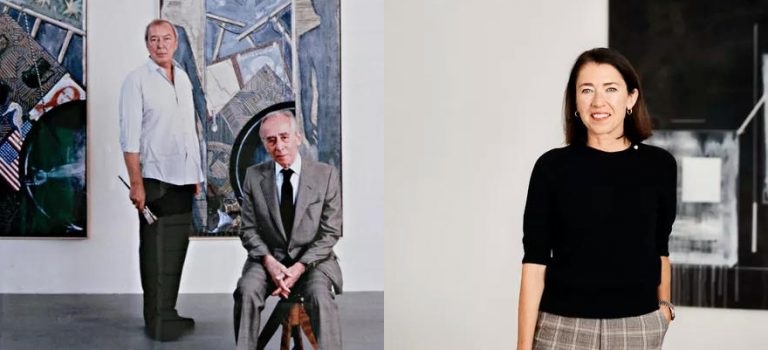Source: Artsy.
When a gallery takes on an artist’s representation, it can benefit both parties. For the artist, it can mean financial security, public exposure, and career development. For galleries, having the right group of artists on their roster can be an essential part of shaping their public identity and defining their status.
By deciding to represent an artist, the gallery takes responsibility for exhibiting, promoting, and selling the artist’s work while nurturing their career. In the 1960s and ’70s, legendary art dealers such as Leo Castelli and Allan Frumkin gave their artists monthly stipends to help cover art supplies and studio costs. Since the 1980s, galleries have covered everything from production costs to publications, press representation, art fairs, and online marketplaces.
This model still shapes the broad meaning of gallery representation today. But in an increasingly global art market, galleries are taking different approaches and strategies to bringing on artists and working with them. To gain a better understanding, Artsy spoke to gallerists from various parts of the world and at different pockets of the art market.
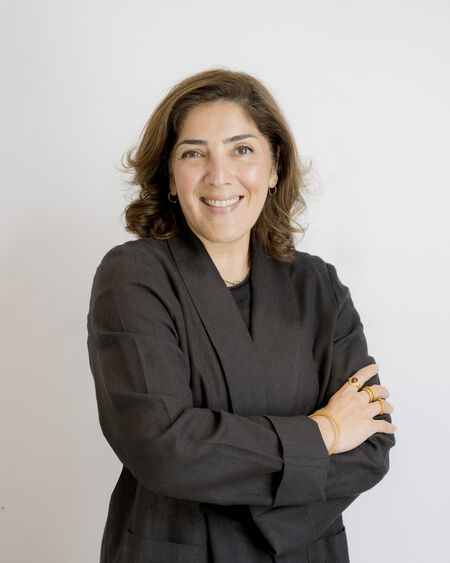
Portrait of Sunny Rahbar by Kristina Sergeeva. Courtesy of The Third Line, Dubai.

Jaume Plensa, Hortensia Silence, 2022. Courtesy of GRAY, Chicago/New York; and Plensa Studio, Barcelona.
When selecting an artist to represent, noticing an artist’s artwork unsurprisingly plays a key role for galleries. Establishing a connection with the artist comes soon after, and how these relationships are built between galleries and artists can vary. Sunny Rahbar, a co-founder of The Third Line in Dubai, told Artsy that after multiple studio visits and meetings, the gallery usually starts working with an artist in a small show, and then the relationship evolves from there. Focused on artists from the Middle East, North Africa, and South Asia, the gallery prefers to take on emerging artists and work towards a long-term relationship with them.
Valerie Carberry, a partner at Gray in Chicago, says that the gallery often begins a conversation with a new artist due to a recommendation or introduction by another artist or trusted curator, and that the relationship then evolves organically. Conversely, Thorsten Albertz, co-founder of Albertz Benda in New York, sees the path to representing a new artist akin to dating, with the gallery first exhibiting the artist’s work in a group show or presenting a piece by the artist at a fair before deciding to “put a ring on it and represent.”
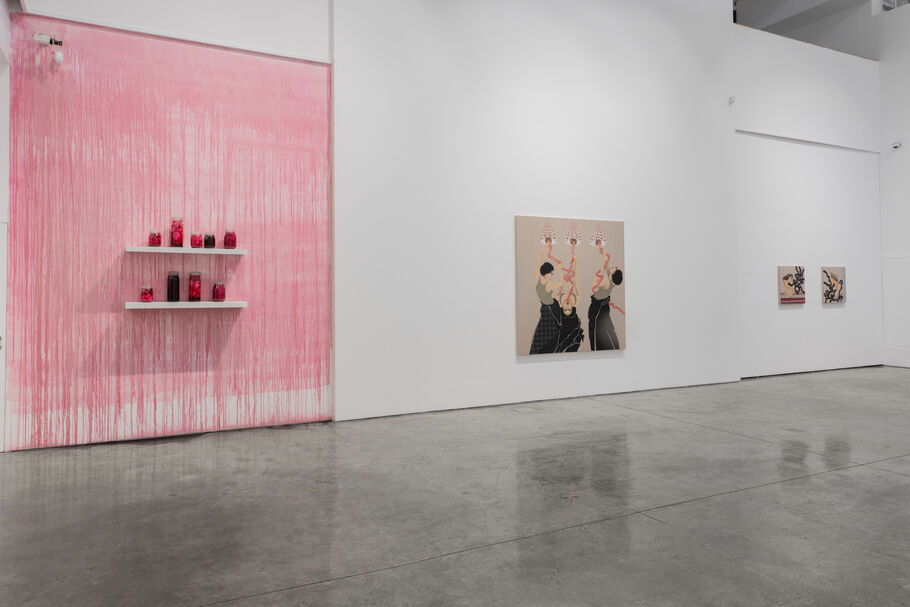
Hayv Kahraman, installation view of “Gut Feelings: Part II” at The Third Line, Dubai, 2023. Courtesy of the artist and The Third Line.
Once the gallery takes on a new artist, it assumes an enormous responsibility. “Our goal when representing an artist is to provide them with a platform, to nurture their career, [and] to present their works to a larger public, collectors, and other art practitioners,” Rahbar said. “We also aim to place their works in the right collections and institutions. In short, we hope to support our artists to ensure they have a sustainable and successful practice.”
For Brussels-based gallery Xavier Hufkens, mutual understanding, shared expectations, and timing are key considerations when adding an artist to the gallery’s stable. “Committing to representing an artist means we are fully invested in supporting their career,” said the gallery’s founder Xavier Hufkens. “For this, we provide support for our artists in every possible way with the goal of assisting artists to fully concentrate on their work.”

Portrait of Xavier Hufkens by Jean-François Jaussaud. Courtesy of Xavier Hufkens, Brussels.
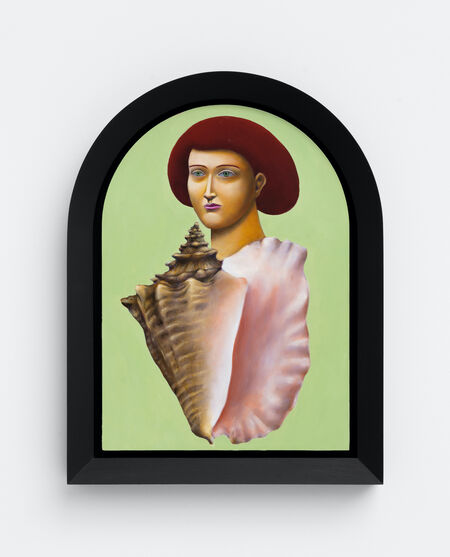
Nicolas Party, Portrait with Seashell, 2022. Photo by HV-studio. Courtesy of the artist and Xavier Hufkens, Brussels.
For the gallerist, involvement with artists ranges from offering strategic advice to logistical and financial assistance. “Vice versa, the same holds true,” Hufkens added. “The representation of a particular artist or the staging of a landmark exhibition can be a real cornerstone of the gallery’s program, which helps define the gallery’s identity.”
For Lorenzo Fiaschi, one of the three co-founders of Galleria Continua, “the goal is to promote the work of an artist, and for us, this means supporting them in the production of new projects, even very demanding ones—sometimes even crazy ones—from both a logistical and economic point of view.”
The gallery, which represents 67 artists from five continents, does this by presenting work by its artists across its eight locations worldwide “to create new cultural bridges, which are always a source of enrichment for the artist and for the people in the host country,” said Fiaschi.
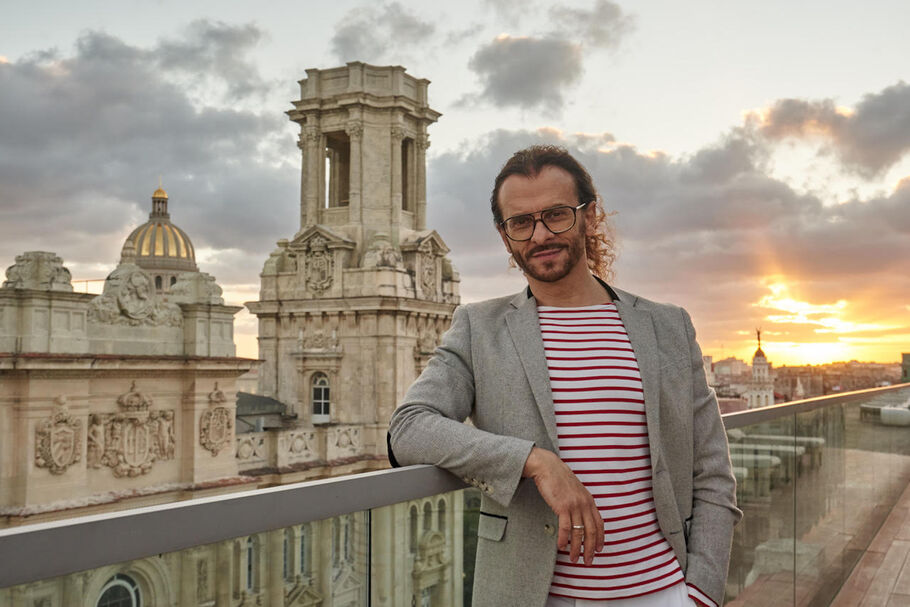
Portrait of Lorenzo Fiaschi by Nestor Kim. Courtesy of Galleria Continua.
For Various Small Fires, which represents more than 20 artists and estates, representation means taking on “a personal responsibility for their financial well-being,” explained Esther Kim Varet, founder of the gallery, which has branches in Los Angeles, Seoul, and Dallas.
“I’m going to be totally honest: My job is to sell artwork for the artists. It’s as simple as that, right?” Kim Varet added. “That’s what they want from me. They want me to sell their art and they want me to do a good job selling it.”
While most of the gallerists Artsy spoke to mentioned professionalism, collaboration, and trust as the most important things expected of the artists they represent, there is a familial aspect to things, too. “Being part of the gallery means that the artists are a part of our gallery family. We work together to help each other,” noted The Third Line’s Rabar.
That said, Gallery Continua’s Fiaschi noted that the gallery also wants its artists to have “energy, respect, visibility at an international level, unconditional availability, and that ever-present touch of recklessness that makes us stand out from the crowd.”
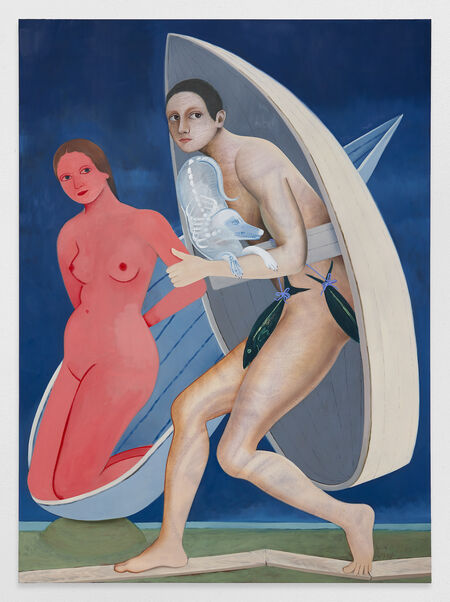
Sara Anstis, Shells, 2023. Photo by Stephen James. Courtesy of the artist and Various Small Fires, Los Angeles, Dallas, and Seoul.

Portrait of Esther Kim Varet. Courtesy of Various Small Fires, Los Angeles, Seoul, and Dallas.
Even as the gallery and the artist roster continues to grow, we ensure that each one of them is carefully and responsibly taken care of,” said Carla Camacho, a partner at Lehmann Maupin, which represents some 40 artists and has galleries in New York, London, Hong Kong, and Seoul. “We have a very strong group of partners and directors that provide support in a 360 overview, which includes curatorial, press coverage, and commercial success.”
For Hufkens, there is a crucial element of subjective engagement that holds precedence. “While we have a dedicated team that actively maintains day-to-day relationships with our artists, I find it truly important to personally engage with each artist,” he said. “That is why I insist on being present during every exhibition installation and try to visit every artist’s studio on a regular basis. This aspect of my role is the very reason I fell in love with what I do, and there is nothing more special and inspiring than being in an artist’s studio. I would say it has become the main focus of my job.”
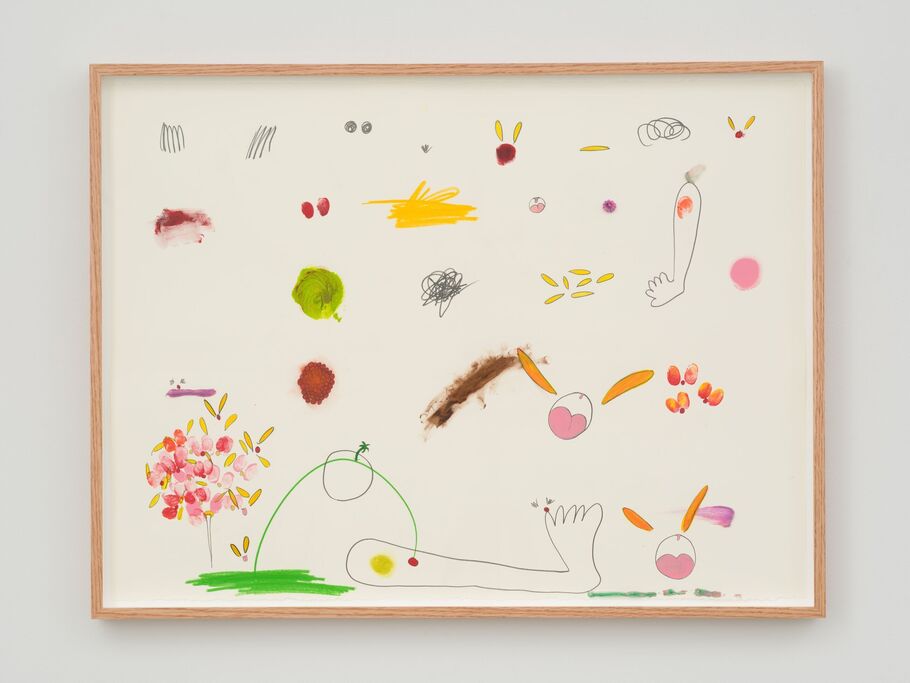
Mika Rottenberg
Price on request
Several galleries have also taken the step of sharing representation of an artist, which can be a more equitable and sustainable arrangement for all parties involved. In 2012, for instance, Andrea Rosen Gallery announced the co-representation of Mika Rottenberg along with Nicole Klagsbrun Gallery.
Today, Rottenberg is represented by Hauser & Wirth, which recently created a new model for joint representation it calls “Collective Impact.” The gallery described the initiative as a “new kind of alliance between galleries of different scales in which full transparency and the sharing of resources can support both artists’ careers and the ongoing health of the wider gallery field itself.” Under this model, the mega-gallery recently partnered with Nicola Vassell Gallery to share the representation of the painter Uman, and is working with Company to jointly represent the figurative painter Ambera Wellman.
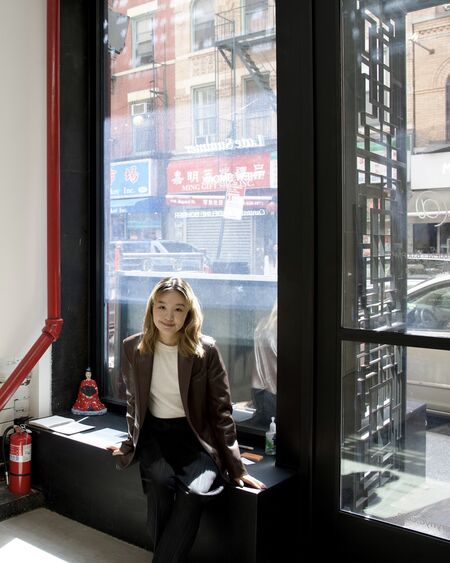
Portrait of Shihui Zhou at LATITUDE Gallery, New York. Courtesy of LATITUDE Gallery, New York.
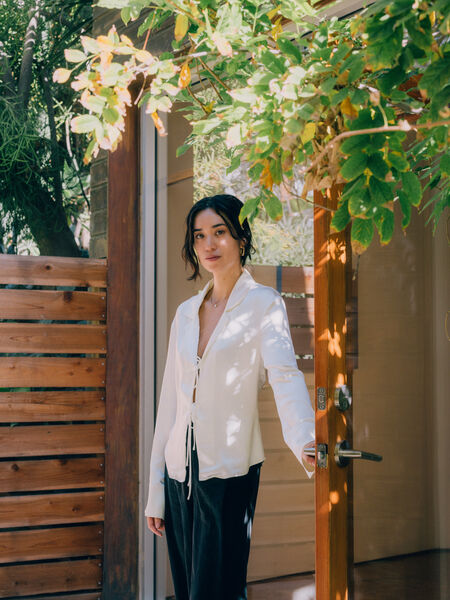
Portrait of Sara Lee Hantman by Coley Brown. Courtesy of SEA VIEW, Los Angeles.
Not every gallery wants to represent artists, however. LATITUDE, a small gallery in the heart of New York’s Chinatown, has eschewed artist representation altogether. “We have opted not to represent artists for several reasons,” said Shihui Zhou, who founded the gallery in 2020. “LATITUDE operates on a distinct model, such as consignment, particularly in the early stages, which is geared towards exhibiting a broad spectrum of artists and community-building while fostering long-term relationships with a select few. This choice can also be reflective of the gallery’s capacity, mission, or the level of commitment we are able to provide to the artists at the moment.”
This approach, Zhou said, enables the gallery to operate at a different level of flexibility and inclusivity that aligns with “our aspiration to introduce diverse artistic expressions to our audience, while also nurturing meaningful connections with certain artists over time.”
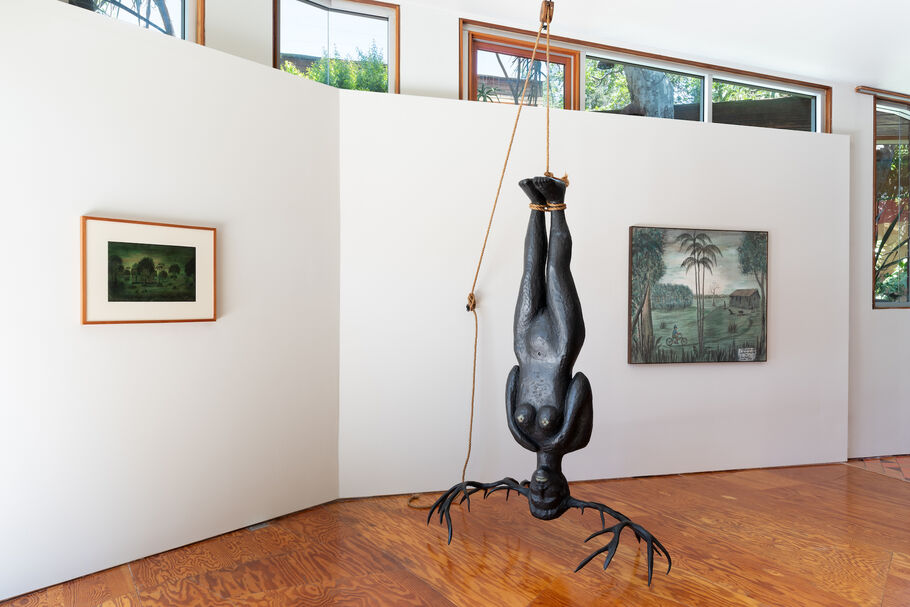
Hélio Melo and Alison Saar, installation view at SEA VIEW, Los Angeles, 2023. Courtesy of the artists and SEA VIEW, Los Angeles.
Sara Hantman, who founded SEA VIEW in Los Angeles last year, is also among those who has chosen not to represent artists at this nascent point in its existence. “It’s more important to me in the early stages of the gallery to focus on building a meaningful program and identity in close collaboration with the artists,” Hantman told Artsy. “Gallerists often associate success with a growing roster, but rosters are constantly adapting.”
Not having a roster allows the gallery to experiment with a wide range of artists and to “think carefully about what type of gallery I want to develop for the long term.” For Hantman, both the gallery and its artists can evolve in tandem. “When we have each other’s trust, gallerists and artists can help build long-lasting careers that are mutually beneficial,” she said.








